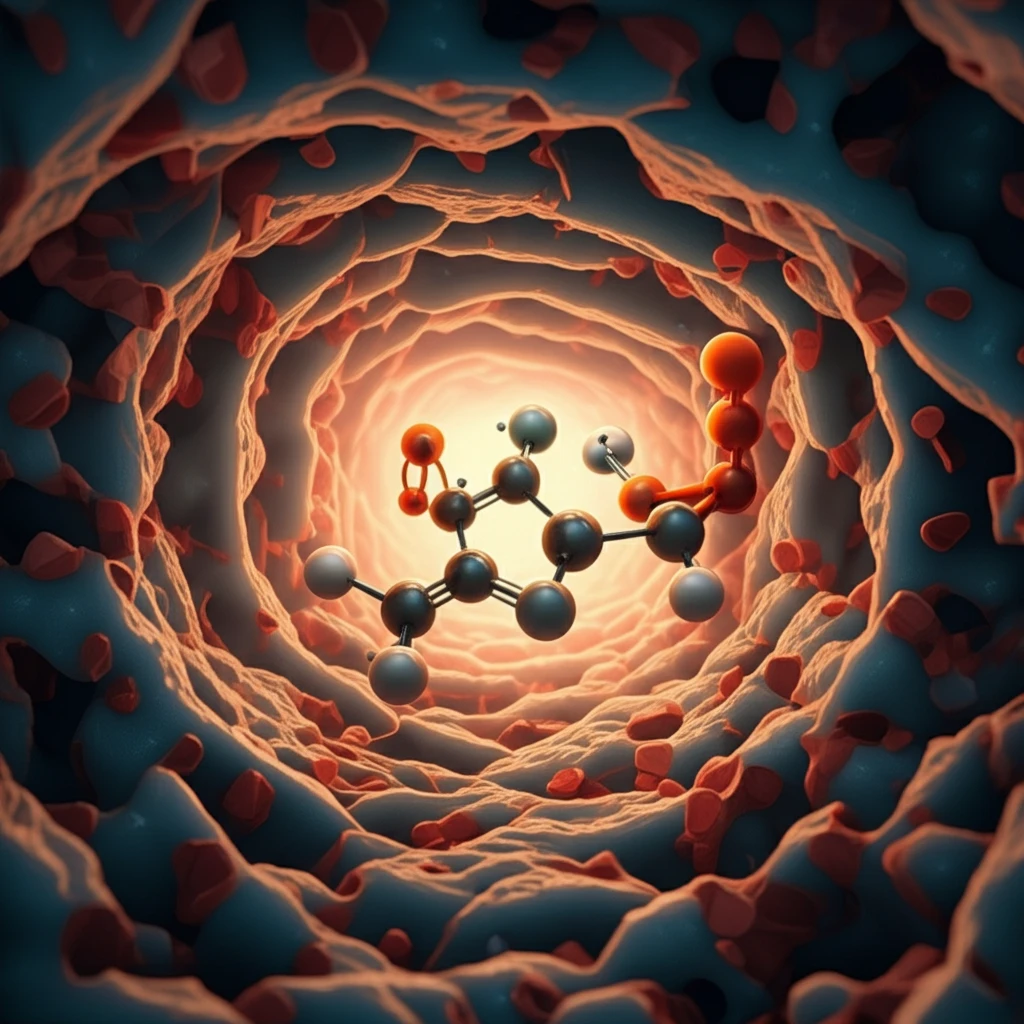
Benzene to Phenol: Unlocking High-Performance Selective Oxidation with Iron-Containing Zeolites
"Scientists uncover the mechanism behind efficient benzene hydroxylation using Fe zeolites, paving the way for industrial applications and sustainable chemical processes."
The direct conversion of benzene to phenol represents a highly sought-after process with considerable economic potential. This transformation is crucial in producing a wide range of products, including plastics, resins, and pharmaceuticals. Iron-containing zeolites (Fe zeolites) have emerged as promising catalysts for this reaction, showcasing an exceptional combination of high activity and selectivity.
Despite their initial success, Fe zeolites have faced challenges related to catalyst deactivation, limiting their long-term industrial applications. Catalyst deactivation refers to the gradual loss of catalytic activity over time, which can result from various factors such as the formation of byproducts or structural changes in the catalyst. Overcoming this deactivation issue is crucial for the widespread adoption of Fe zeolite catalysts in benzene hydroxylation and other oxidation reactions.
Recent research has shed light on the nature of the active site in Fe zeolites, an unusually reactive Fe(IV)=O species. This breakthrough has opened new avenues for understanding the reaction mechanism and designing more robust and efficient catalysts. Now, scientists are diving deep into how this active site interacts with benzene, aiming to unlock the secrets to high activity, selectivity, and catalyst longevity. By understanding the relationship between the active site and catalyst deactivation, more effective strategies can be developed.
How Does the Active Site Regenerate During Benzene Hydroxylation?

To fully understand the catalytic mechanism, researchers employed advanced spectroscopic techniques to probe the reaction between the active Fe(IV)=O site (denoted as α-O) and benzene. These techniques provide detailed insights into the electronic and geometric structures of the active site, as well as the changes that occur during the reaction.
- Mössbauer Spectroscopy: Quantitatively tracks iron species during the reaction, showing regeneration of Fe(II).
- X-ray Absorption Spectroscopy (XAS): Provides electronic and structural information, confirming changes in the iron center's coordination.
- Nuclear Resonance Vibrational Spectroscopy (NRVS): Selectively probes vibrations of iron sites, revealing changes in bonding.
Future Impact
This research provides critical insights into the design of highly active and selective oxidation catalysts. The understanding of the reaction mechanism, combined with strategies to minimize catalyst deactivation, could lead to the development of more efficient and sustainable chemical processes. The ability to directly convert benzene to phenol with high selectivity opens new avenues for industrial applications, potentially reducing reliance on less environmentally friendly methods.
